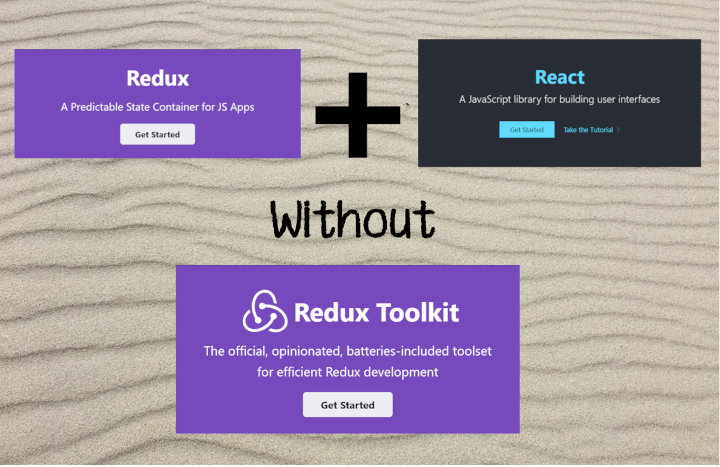

- Redux toolkit react native how to#
- Redux toolkit react native full#
- Redux toolkit react native code#
If you are using RTK already: ~9kb for RTK Query and ~2kb for the hooks. Since RTK Query builds on top of Redux Toolkit and React-Redux, the added size varies depending on whether you are already using those in your app. RTK Query adds a fixed one-time amount to your app's bundle size. setupListeners(): A utility used to enable refetchOnMount and refetchOnReconnect behaviors. : Can be used as a Provider if you do not already have a Redux store. Intended as the recommended baseQuery to be used in createApi for the majority of users. fetchBaseQuery(): A small wrapper around fetch that aims to simplify requests. In most cases, you should use this once per app, with "one API slice per base URL" as a rule of thumb. It allows you to define a set of endpoints describe how to retrieve data from a series of endpoints, including configuration of how to fetch and transform that data. createApi(): The core of RTK Query's functionality.It is available via either of the two entry points below: RTK Query is included within the installation of the core Redux Toolkit package. Finally, RTK Query is completely written in TypeScript, and is designed to provide an excellent TS usage experience.
We have early working examples of code generation of API slices from OpenAPI and GraphQL schemas. RTK Query provides "cache entry lifecycle" options that enable use cases like streaming cache updates via websocket messages after fetching the initial data. RTK Query can also generate React hooks that encapsulate the entire data fetching process, provide data and isLoading fields to components, and manage the lifetime of cached data as components mount and unmount. API endpoints are defined ahead of time, including how to generate query parameters from arguments and transform responses for caching. Because Redux Toolkit is UI-agnostic, RTK Query's functionality can be used with any UI layer. The data fetching and caching logic is built on top of Redux Toolkit's createSlice and createAsyncThunk APIs. RTK Query takes inspiration from other tools that have pioneered solutions for data fetching, like Apollo Client, React Query, Urql, and SWR, but adds a unique approach to its API design: While you can use a state management library like Redux to cache data, the use cases are different enough that it's worth using tools that are purpose-built for the data fetching use case. Over the last couple years, the React community has come to realize that "data fetching and caching" is really a different set of concerns than "state management". However, users still have to write significant amounts of reducer logic to manage the loading state and the cached data. The Redux docs have taught some common patterns for dispatching actions around the request lifecycle to track loading state and request results, and Redux Toolkit's createAsyncThunk API was designed to abstract that typical pattern. That means that Redux has never included anything built in to help solve these use cases. The Redux core has always been very minimal - it's up to developers to write all the actual logic. 
Managing cache lifetimes as the user interacts with the UI.Optimistic updates to make the UI feel faster.

Avoiding duplicate requests for the same data.Tracking loading state in order to show UI spinners.This is made more complicated by the need to implement other behaviors used in today's applications: They also usually need to make updates to that data, send those updates to the server, and keep the cached data on the client in sync with the data on the server. Web applications normally need to fetch data from a server in order to display it.
To learn how to use RTK Query, see the full "Redux Essentials" tutorial on the Redux core docs site.







 0 kommentar(er)
0 kommentar(er)
